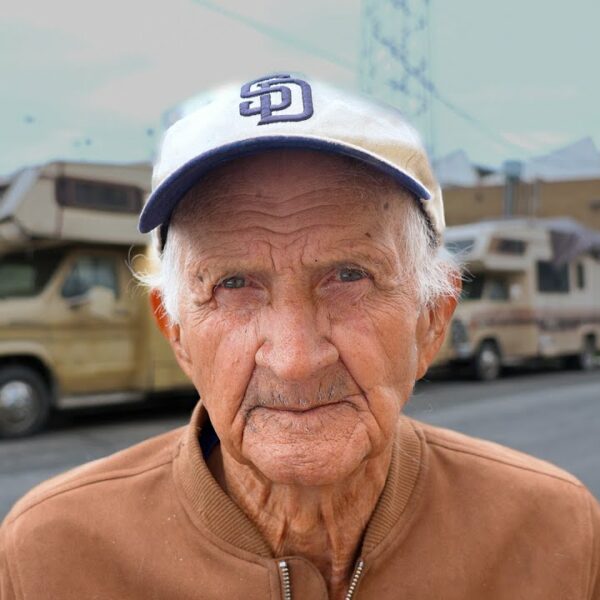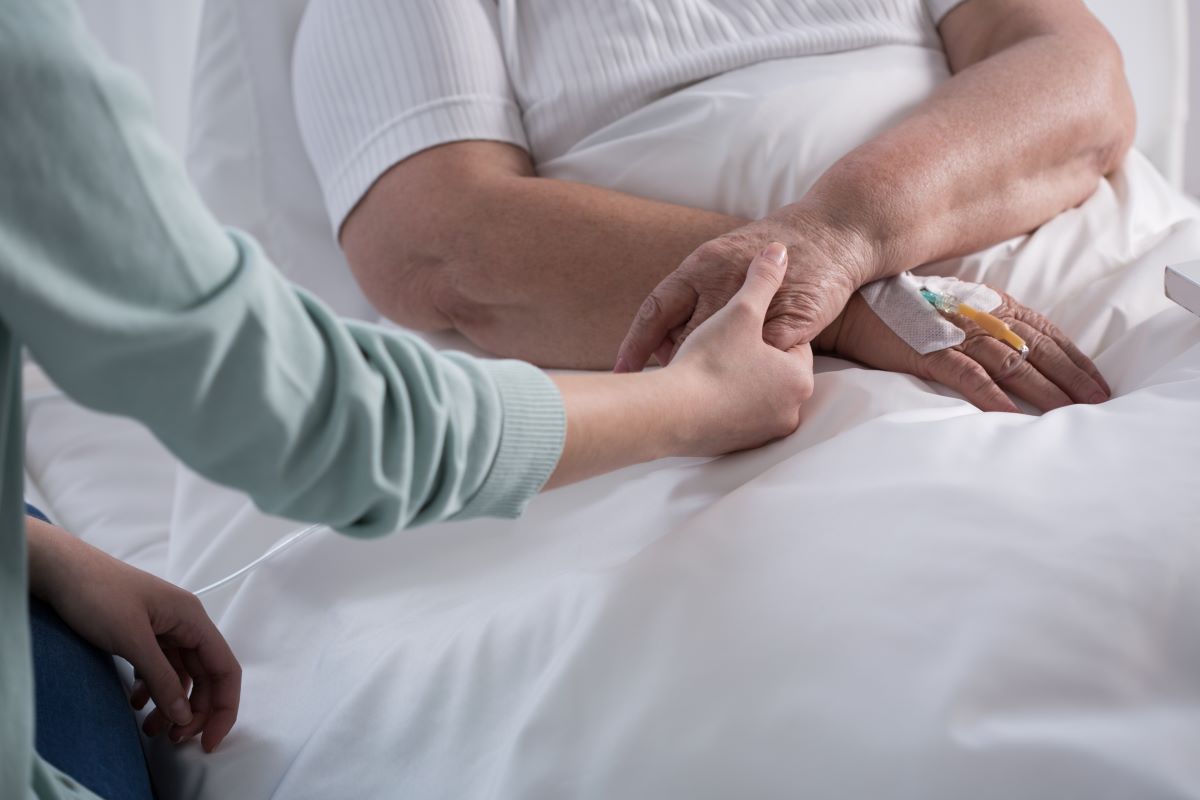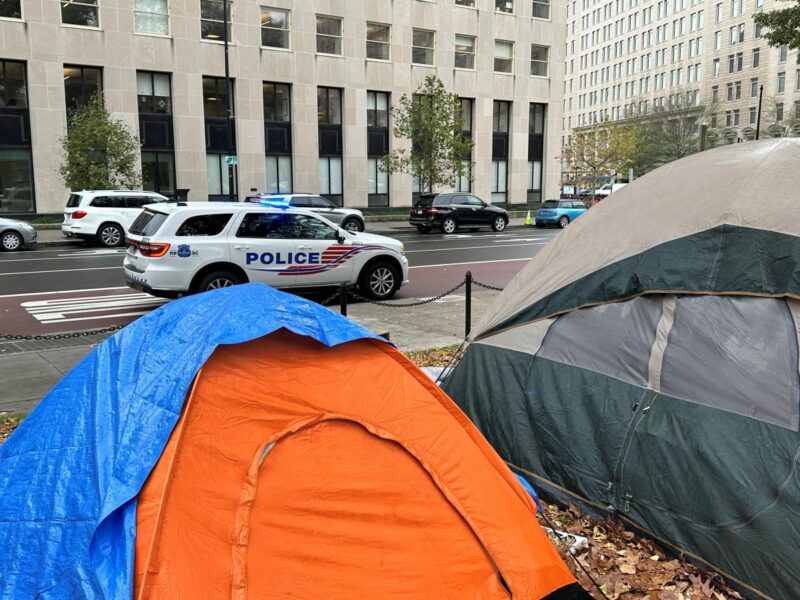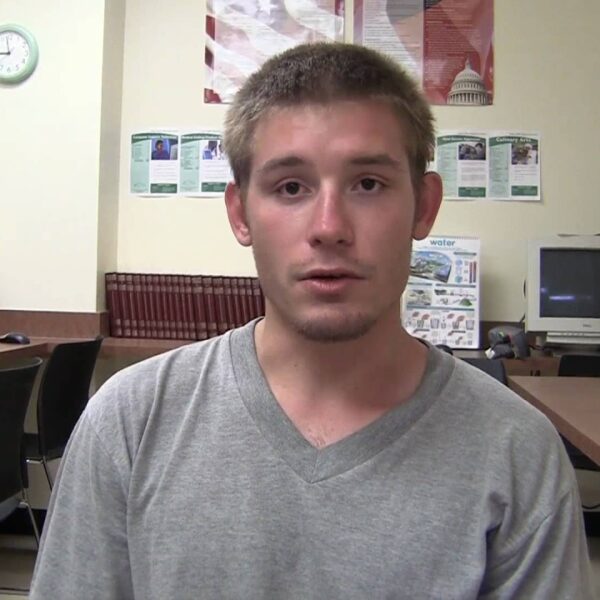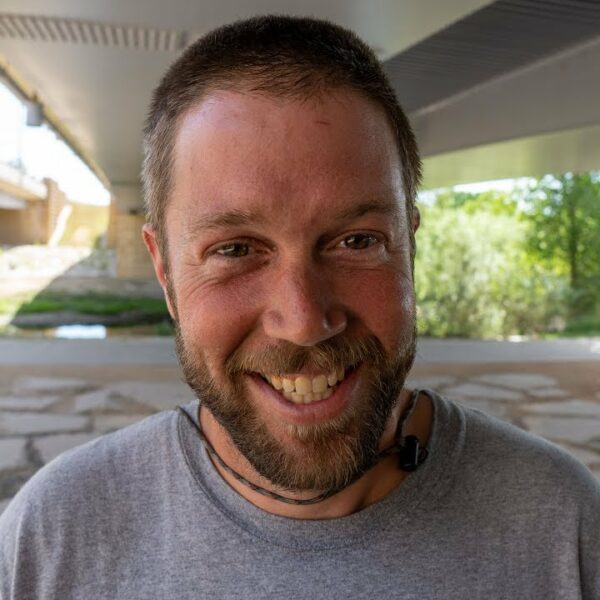Addressing Healthcare Inequity for Terminally Ill Homeless People
Brother J.P. Hall is on a mission.
About five years ago, Hall helped found the Rocky Mountain Refuge in Denver. The Refuge is a specialized shelter where people experiencing homelessness with a terminal illness can receive care outside of a hospital or specialty nursing facility. It’s a small space with enough room to serve up to six people at a time, and it’s just the fourth such facility to open in the U.S.

Brother J.P. Hall
Hall—a friar with the Brotherhood of St. Gregory—is embarking on a new journey to create the first continuum of care for terminally ill unhoused people. It would work something like this:
An individual with a terminal illness would first receive care from a hospice center or hospital. If they are not bedridden, then they could be transferred to a room the Refuge operates at a local shelter. Care costs about $150 per day compared to the average daily cost of $3,200 at a Colorado hospital. Hall said that would give the individual a safe place to sleep, receive care, and store their medicine.
It’s a novel idea that could have a massive impact at a time when homelessness is increasing across the country, and hospitals are facing financial difficulties from uncompensated care. For example, UC Health in Denver reported $580 million of uncompensated care in 2023, and Denver Health reported $136 million.
“Our homeless population is growing and aging, and it is overwhelming hospitals, has overwhelmed shelters,” Hall told Invisible People. “It’s overwhelming hospice organizations; none of these three facilities can really deal with this.”
Few Options for Terminally Ill Homeless People
People experiencing homelessness with a terminal illness have relatively few options available to them when it comes to receiving health care compared to their housed counterparts.
Hospitals can provide temporary care for people experiencing pain or side effects from their illness but cannot provide long-term stable housing. Those who are prescribed drugs to help treat their illness often have no way to store them safely and can be victimized. Other care centers with skilled nurses can cost a small fortune for those with health insurance. Those who lack health insurance often cannot access this care altogether.
Hospitals and shelter operators know this, but Hall says little effort has been put into filling these gaps. That’s one reason why he started the Refuge in the first place, he said. Hall adds that there is also an opportunity to unite the disparate parts of the healthcare system that often overlook people experiencing homelessness, a model that could be applied nationwide.
“A lot of times when people are working with healthcare, they’re interested in getting people better. And that’s all wonderful and great. But there comes a time when you’re not getting that,” Hall said.
Chronic Homelessness Linked to 30-Year Reduction in Life Expectancy
Caitlin Synovec, the assistant director for end-of-life care at the National Health Care for the Homeless Council, told Invisible People that people experiencing homelessness often need this kind of care at an earlier age than people who live in stable housing conditions. Studies have shown that chronic homelessness can reduce an individual’s life expectancy by roughly 30 years.
There are also gaps between both the housing and health care systems that can cause people experiencing homelessness to fall through the cracks, Synovec added. For instance, hospitals need to identify someone as unstably housed before connecting them with the appropriate services.
Health insurance policies can also prevent individuals from receiving necessary care, especially in states that have not expanded their Medicaid coverage, Synovec said.
“Inpatient hospice facilities and inpatient skilled nursing facilities are not always equipped to address the needs of folks who are unhoused because of comorbidities and behavioral health and substance use needs,” Synovec said. “And there’s just not enough beds in general.”
Hurdles Include a Lack of Funding
Creating this continuum of care could have a significant impact at a time when the number of people experiencing homelessness is growing, as are deaths related to homelessness. Federal data shows that homelessness grew by 12% last year, and roughly 653,000 people sleep outside on a single night.
Meanwhile, the number of people experiencing homelessness who have died from various causes has increased in cities like Denver, Phoenix, and New York.
However, Hall said there are still hurdles to overcome before the Refuge can create this new continuum of care. For instance, Hall said the Refuge has had to close twice already because of a lack of funding. Last year, the organization raised just over $70,000, which is insufficient to operate for the entire calendar year.
This lack of funding could also complicate the relationship the Refuge hopes to forge with local shelter providers. Hall said shelter providers he’s spoken to about creating a continuum of care have asked for a $30 per day per diem for guests, a standard charge for the industry. Specialty caregivers who would work with people at the Refuge can also cost upwards of $35 per hour, Hall said.
Steps to Implement a Fully Operational Continuum of Care
There are also some other gaps that the Refuge may need to overcome before the continuum of care can be fully operational, according to Devorah Keller, the director of clinical quality improvement at NHCHC. For instance, the Refuge will create a new kind of partnership between local hospitals, shelters, and medical respite centers, which takes time. Some shelters may also not be comfortable providing end-of-life care, Keller added.
“Our policies do make it such that people have barriers to getting care,” Keller said. “And part of the issue is that those barriers to care make it more likely that someone who is experiencing homelessness will get diagnosed at a terminal phase or will have a difficult time managing what could be a mitigatable health concern.”
Hall added that the new continuum of care could help the Refuge expand its fundraising because it would broaden the organization’s services. But that remains to be seen.
“If you just naturally live, you will likely reach the point where you’re going to need this kind of care, and you’ll want to be taken care of,” Hall said. “Right now, it’s really not a good situation for our unhoused friends because they’re already struggling to survive.”
How You Can Help
Now is not the time to be silent about homelessness in the United States or anywhere else. Unhoused people deserve safe and sanitary housing just as much as those who can afford rent or mortgage.
Poverty and homelessness are both policy choices, not personal failures. That’s why we need you to contact your officials and tell them you support legislation that:
- Streamlines the development of affordable housing
- Reduces barriers for people experiencing homelessness to enter permanent housing
- Bolsters government response to homelessness
Together, we can end homelessness.
If you are interested in supporting The Rocky Mountain Refuge, please use this link to donate: https://rockymountainrefuge.org/donate.



